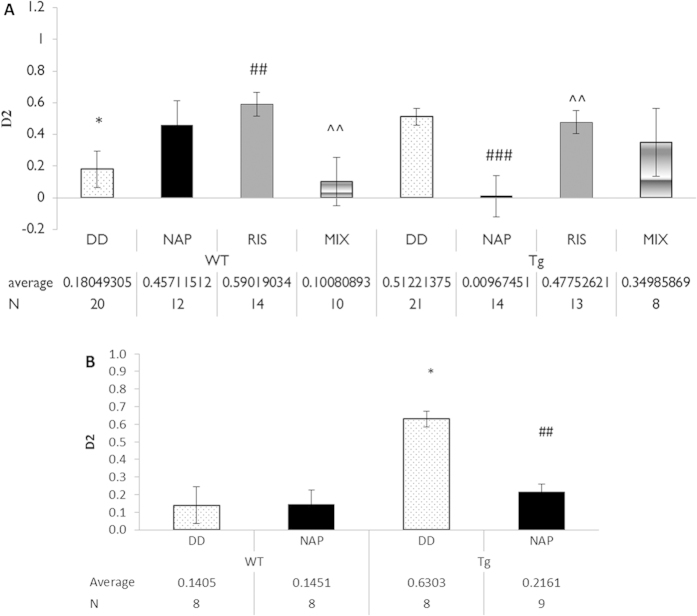Figure 5. Elevated plus-maze test: effects of NAP and DOX.
(A) The number of total arm entries (counts) and time spent in the open-arms for 5 min are presented (N/group indicated on the figure).Data are expressed as mean (±SEM) total time spent exploring all objects designated by relative discrimination index (D2) = (time in close arms – time in open arms)/(time in close arms + time in open arms). Two way ANOVA showed no significant effect of genotype (F (1,105) = 0.295, P = 0.588) and a statistically significant effect of treatment (F (3,112) = 0.012, P = 0.012) as well as an interaction between genotype and treatment (P = 0.021). Post hoc Fisher’s LSD test revealed a significant difference between the D2 index between Tg mice under DD (vehicle) treatment and control WT mice under DD (vehicle) treatment (*p = 0.016), NAP significantly reduced anxiety within Tg mice compared to DD treatment (###p = 0.001) and, RIS (^^p = 0.006). WT mice under RIS treatment behaved unlike control WT mice, exhibiting a significantly higher index ratio in closed/open arm than the WT DD (vehicle)-treated mice and mix treated mice (##p = 0.009, ^^p = 0.008, respectively). (B) DOX treatment was ineffective and the DOX-treated group was similar to the non-treated group i.e. the DOX-Tg mice spent more time in the closed arms of the maze compared to the DOX-WT mice and the DOX-Tg group was similar to the non-DOX- treated Tg group, shown in A. (DOX-Tg vs. DOX-WT – *p < 0.05, NAP-treated DOX-Tg vs. DoX-Tg, ##p < 0.01).

